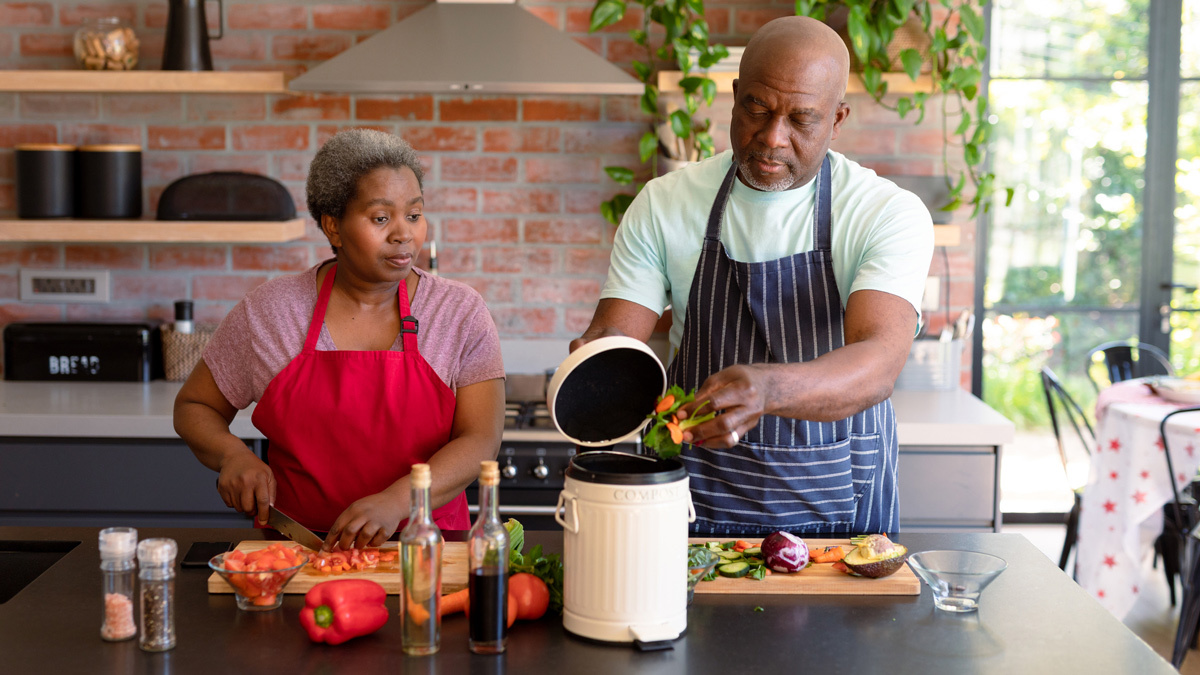Get our independent lab tests, expert reviews and honest advice.
Christmas recycling dos and don’ts
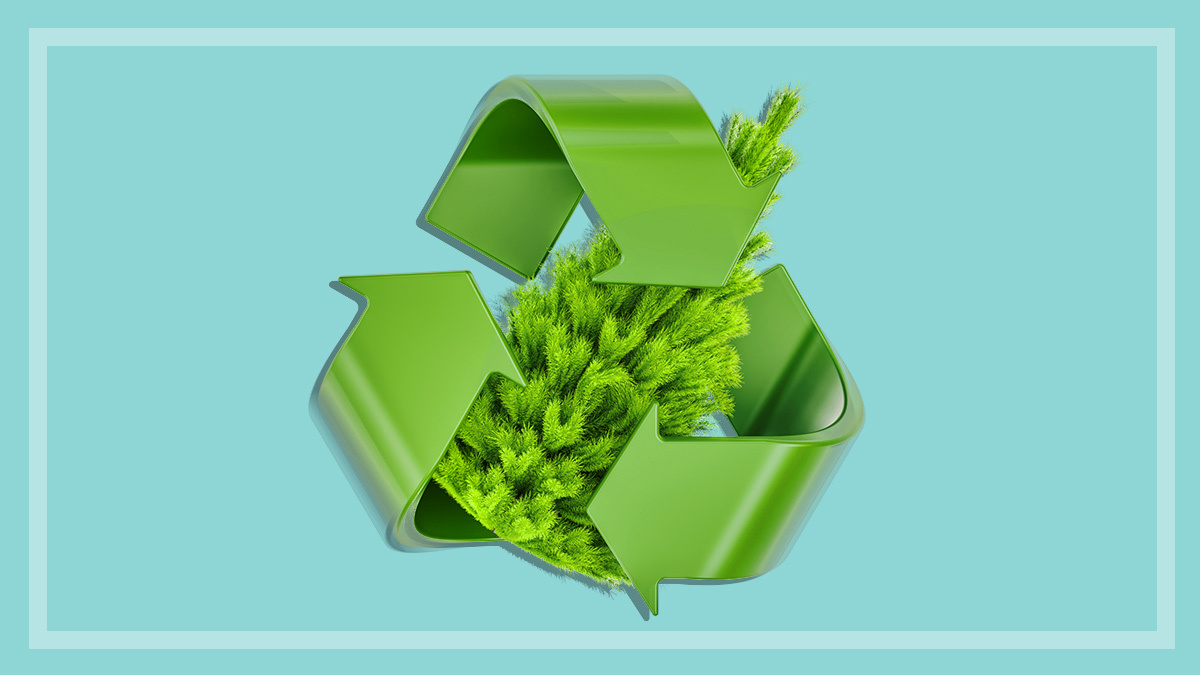
Among other more heartfelt things, Christmas is a time for creating thousands of tonnes of waste. In fact, it’s estimated that our waste output increases by about 30% at Christmas.
Reams of shiny decorations will be purchased, millions of trees will be bought and adorned, meals will be over-catered, we’ll use 150,000km of wrapping paper, and a whopping $980 million of unwanted gifts will be handed over to doubtless grateful but deflated recipients.
We talked to a selection of waste-not want-not experts and got the scoop on what can and can’t be recycled. That way, we can all help direct a larger proportion of these resources back into the economy and away from landfill.
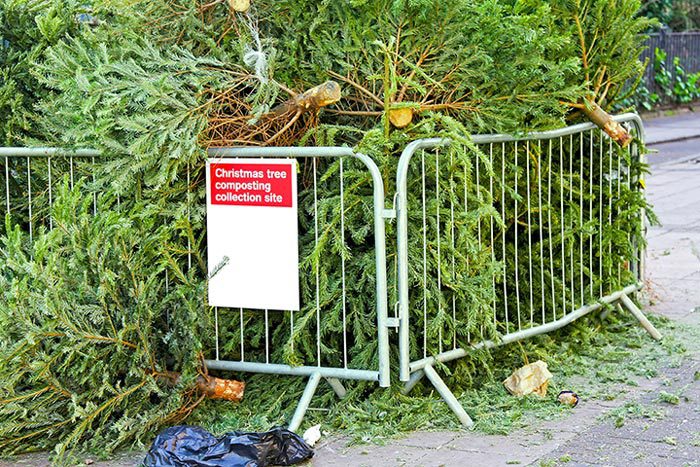
Can I recycle my Christmas tree?
Plastic Christmas trees are reusable, but when they’re too old or broken, they can’t be recycled and must go to landfill.
In better news, real trees can be mulched and the material used for gardening and other purposes, according to Ryan Collins from Planet Ark.
“Generally speaking, a Christmas tree is too big for most kerbside garden collections, which usually only allow branches up to a certain size,” he says.
“In the City of Sydney, for example, branches or trunks need to be smaller than 10cm in diameter.”
Check with your council if it has special Christmas tree collections, or if they can be dropped at waste-transfer stations.
Can I recycle my Christmas decorations?
Christmas decorations come in all shapes, sizes and materials, so generally they aren’t recyclable.
Tinsel in particular can cause significant issues in the recycling stations – it gets wrapped around the conveyer belts and other machinery. Existing tinsel can and should be reused every year and, at the end of its life, it should go to landfill.
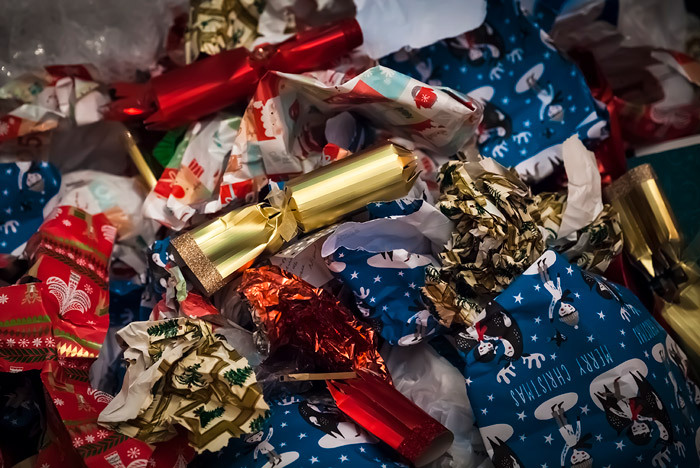
Can I recycle wrapping paper?
It depends what type it is.
Cardboard and paper wrapping
These are fine to recycle, even if they have lots of sticky tape on them – the tape is removed during the pulping process. (If you’re up for the challenge, check out online tutorials about how to wrap without sticky tape altogether.)
Foil and plastic wrapping ‘paper’
These aren’t recyclable, so don’t put them in the paper recycling collection because they interfere with the recycling process. Try to use paper or other recyclable materials instead, or, like the resourceful nannas of yesteryear, unwrap your paper carefully and reuse it another time.
Cellophane confusion
There’s some confusion around cellophane – some is plastic and some is cellulose. The former is the relatively strong material used to wrap flowers and can be recycled as a soft plastic at a collection point such as REDcycle or some branches of Woolworths.
The latter – which is commonly used to wrap gifts – is made from cellulose and is biodegradable. So you can’t recycle it, but you can put it on the compost heap.
“A standard test for cellophane is the ‘tear test’,” says Rebecca Gleghorn from REDcycle. “If you can tear, it’s cellophane. If it stretches, it’s plastic.”
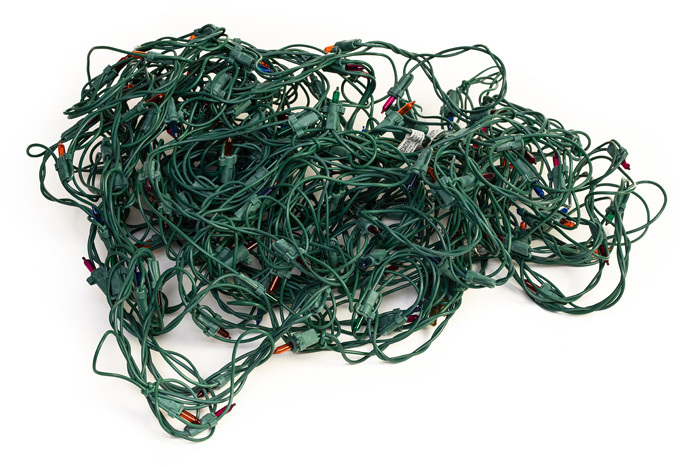
Can Christmas fairy lights be recycled?
These can’t go in the recycling bin because they’re electronic. And because they’re long and stringy, they get caught in the conveyer belts at recycling stations. But they can be recycled as e-waste.
Most Australian councils have a regular system for e-waste recycling such as booked kerbside collections or dedicated drop-off days, such as The City of Sydney’s Recycle it Saturday
More recycling dos and don’ts
Do: Disposable aluminium baking trays
These, along with aluminium foil, are accepted for recycling almost everywhere. Just make sure you remove food scraps and oil, and roll the foil into a 3D or ball shape.
If aluminium is flat, the paper-sorting fans in the recycling station wrongly pick it up and send it to the paper collection area.
Don’t: Broken glassware and crockery
Generally, these are considered a major contaminant and should go in the landfill bin. That’s because they don’t melt at the same temperature as bottle and jar glass during the recycling process, causing lumps in the molten material.
But there are some exceptions. For example, the Moyne Shire Council in Victoria runs a broken glass collection service, using a separate bin, for the purpose of road surfacing. Check with your council to see if it does something similar.
Maybe: Champagne and wine corks
You can’t recycle wine and champagne corks in your yellow bin. But private recycling company TerraCycle does offer a recycling service for natural or synthetic corks for a fee.
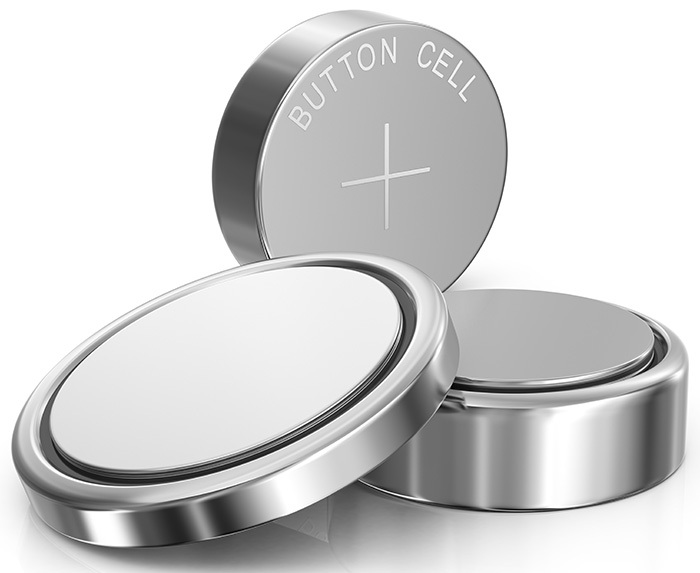
Do: Batteries
When batteries have outlived their use in a remote controlled car or light sabre, they can be recycled as e-waste but only by specialised services – they should never be put in your household recycling or rubbish bin.
You can take them to shops such as Aldi, Woolworths, Officeworks and Battery World.
Take extra care with button batteries that are small enough to be swallowed by children – they can be lethal.
Ideally, try to reduce the number of button batteries in your household, but if you do have any and plan to recycle, cover them in sticky tape while you wait to dispose of them. This makes them bulkier and reduces the risk of a child getting them all the way down their throat if they swallow one.
Don’t: Tissue paper and napkins
You can’t recycle napkins or tissues because they may be contaminated with food. But even if you haven’t used them, the fibres in this type of paper are too short to be used again.
If you have a compost bin or your local council accepts food and garden organics in kerbside bins, use these instead.
Maybe: Paper and bamboo plates
These are earth-friendlier options – especially paper plates that are ‘certified home compostable’, as they can go into your home compost system.
You can put ordinary paper plates in your paper recycling bin, but only if they don’t have a wax coating and aren’t too contaminated with food.
“There’s less information about bamboo [plates] as they’re still fairly new,” says Collins. “They may be able to go into a Food Organics and Garden Organics bin [or green waste bin], but should not go into your recycling bin.”
Do: Plastic cups and glasses
These are classified as rigid plastic (as opposed to soft) and 3D (as opposed to flat), which means they’ll be picked up and sorted into the plastic recycling area.
Don’t: Plastic plates and cutlery
Unlike plastic cups, plastic plates and cutlery aren’t recyclable.
“The plates are probably too flat and may well be picked up as paper,” says Collins. “And plastic cutlery is entirely the wrong shape to be sorted by the recycling machines. So they need to go in the garbage (landfill) bin where they will take centuries to break down.”
Maybe: Moulded plastic packaging
These plastics are used for packaging things such as toys, scissors and batteries. Collins says it’s not clear if these are always recyclable, but if they’re of a similar shape to food and drink packaging, they will probably be collected in the mixed plastics.
“The real issue will be if they’re too large or a particularly odd shape,” he says. “The kerbside system has been designed to sort common household packaging.”
Most plastic bottles, containers and other packaging types will have what looks like a recycling symbol with a number in it displayed somewhere. This is the Plastics Identification Code that was introduced to Australia in 1990.
The code refers to what type of plastic the item is made from – it does not necessarily mean it’s recyclable.
While most hard plastics are recyclable (and most soft plastics can be RedCycled or taken to some branches of Woolies), not all councils accept the same plastics, so find out what your local council can and can’t recycle. If you’re not sure it can be recycled, it’s best to put it in your landfill bin.
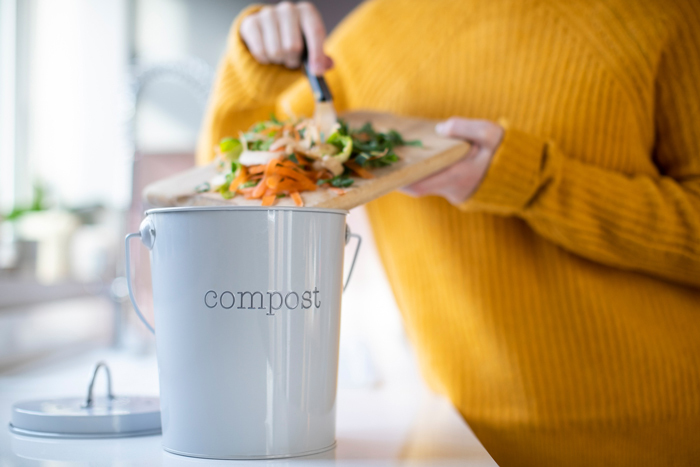
Do: Food scraps
Australians are shocking food-wasters, sending 3.2 million tonnes of it to landfill each year. But some councils offer a food-waste collection program, so check the options in your area.
Alternatively, home composting is a great way to reduce your food waste and give your garden something nutritious to eat as well. But if you don’t have the room or the means to compost, there are other ways to give your leftovers another lease on life. Look up keen composters in your area and donate your scraps to compost bins, worm farms and chicken coops through programs such as the Share Waste program.
Making use of leftovers
Melanie McGrice, spokesperson for Dietitians Australia, advises that leftover meat and vegies are best reused the next day in easy, healthy dishes such as salads, wraps and frittatas.
“A pizza is a good choice if you want something different – it’s not Christmassy, which is ideal if you’re over Christmas food,” she says.
“Use a pita base for a healthy option.”
You can also purée fruit platters into ice cubes to put in desserts and drinks. For more advice, read our tips to making the most of your Christmas leftovers.
‘Upcycling’ food scraps
Our kitchen appliance test coordinator, Fiona Mair, recommends you ‘upcycle’ your leftover ham bone and discarded prawn heads (separately) into rich stocks to make delicious dishes later on. But you don’t have to do it straight away – store them in the freezer until you can face going back into the kitchen!
Fry off prawn heads with chopped carrots, onion and celery. Pour in enough water to cover, and simmer for roughly 30 minutes.
Strain liquid through a sieve, pressing down with a spoon on the prawns to get as much flavour out of them as possible. Then discard the prawns and vegetables.
Freeze your stock for later or use it in risotto, paella or seafood bisque.
(If you make a bisque, add a tablespoon of tomato paste when frying off the prawn heads and vegetables.)
Add the ham bone to a large pot of water with roughly chopped onion, carrots, celery and peppercorns. Simmer for at least an hour (the longer the better). Strain stock, discard the vegetables and bone.
Freeze or use in any soup with beans, lentils or other pulses – for example baked beans or white bean soup. You can add leftover meat to soups or to cabbage cooked in the ham stock.

